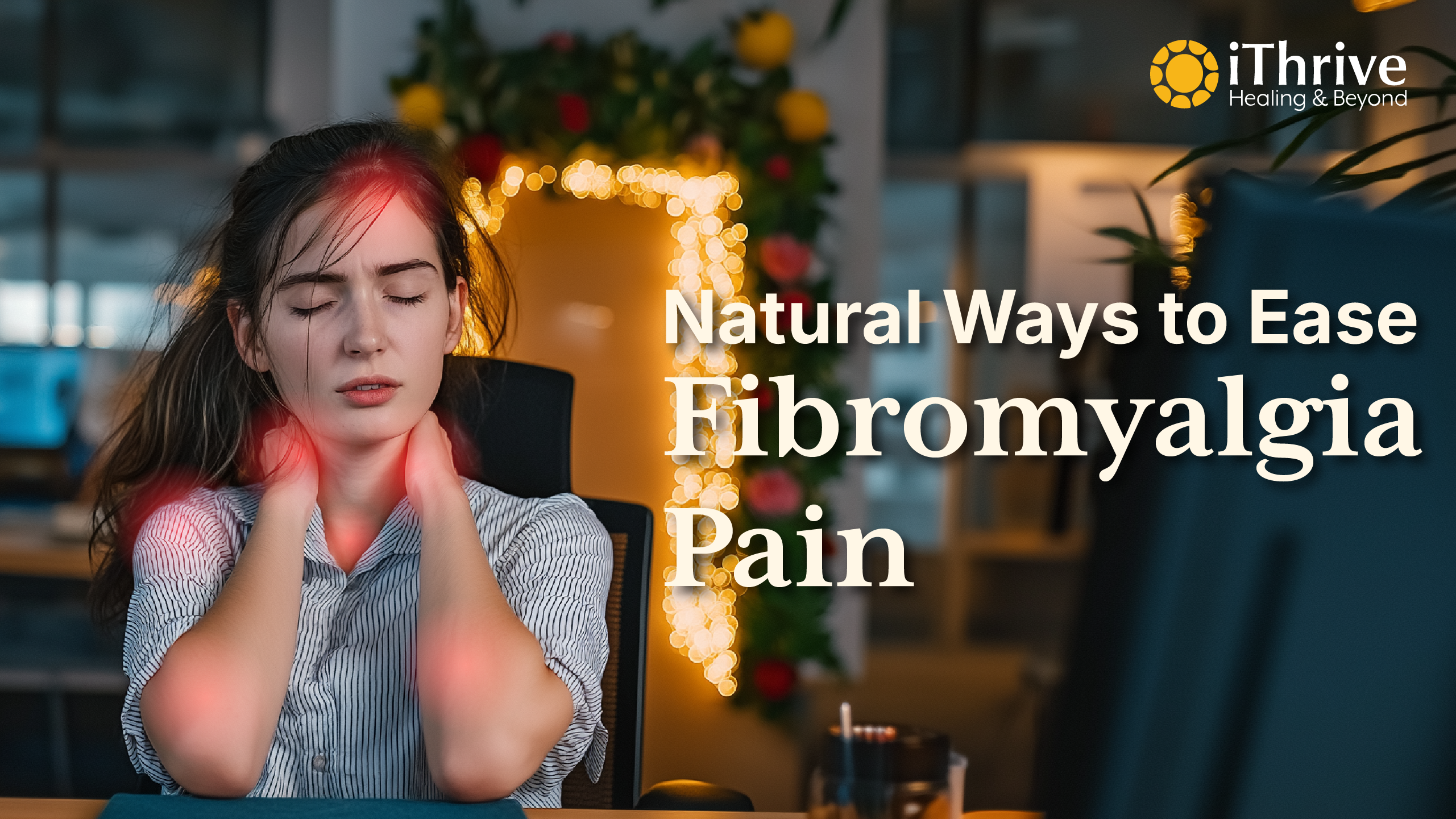Millions of consumers use personal care products and facial cosmetics daily. Our skin tries to protect us against exogenous contaminants, but many ingredients present in these cosmetic products can penetrate inside the skin and produce systemic exposure (Mohiuddin et. al).
Lead, mercury, cadmium, arsenic, nickel and aluminium, which are classified as light metals, are often detected in various cosmetics and can be potentially dangerous.
Kajal and Surma, potential sources of lead, can lead to lead toxicity and cause permanent damage in multiple organ systems. Chronic lead exposure was also found to reduce fertility in males (Mohiuddin et. al). Prenatal exposure to lead is associated with a greater risk of premature delivery, reduced postnatal growth and lower mental growth in childhood, and also schizophrenia and dementia in adulthood.
Even low levels of Cadmium and Arsenic found in colour cosmetics, face and body care products, hair cosmetics, herbal cosmetics, etc. may affect neurodevelopment and are associated with low growth in utero, low birth weight, head and chest circumference in infants, inflammation and atherosclerotic disease in adults. Heavy metals may be intentionally added to detergents as preservatives, pigments (Pb), skin lightening, as well as antimicrobial agents (Hg) (Mohiuddin et al).
The ingredients in personal care products and cosmetics are disrupting the human endocrine and neurological systems. This can lead to adverse birth outcomes and infertility 1.
Factors such as advertisements, peer pressure, and social acceptance have influenced the choice of skincare products. Skincare products, perfumes, nail polish stay on the skin for a long time and can cause allergic reactions 2.
Below are a few products that are used daily which are dangerous for us:
Skin Lightening Agents :-
Skin lightening agents consist of Hydroquinone (HQ) and are found to be very harmful. It is the most common depigmenting agent and is found to be highly cytotoxic to melanocytes and potentially mutagenic to mammalian cells. It causes irritation, redness and burning, also causing exogenous ochronosis. Ochronosis may result in loss of elasticity of the skin and impaired wound healing 2.
BLACK HENNA:-
A combination of red henna with p-phenylenediamine (PPD) is used in temporary black tattoos and is available in the form of commercial hair dye mixed into the hair paste. PPD is added to henna to accelerate the dyeing and drying process (to only 30 min), to strengthen and darken the colour, to enhance the design pattern of the tattoo, and to make the tattoo last longer Negative effects of PPD include blisters, surface oozing, swelling and erythematous rashes on the skin 2.
SUNSCREENS:-
Sun-screening agents used nowadays can cause irritant, allergic, phototoxic or photo-allergic reactions. Coumarins, phethleugenol which are usually found in fragrances are suspected carcinogens, while phthalates are suspected hormone disruptors 2.
SHAMPOOS:-
Shampoos and conditioners have very less contact time with the skin and thus show very few adverse effects. Most of the shampoos have an alkaline pH, which causes hair shaft swelling, making the hair liable to damage. A shampoo with neutral pH is the best choice for chemically treated hair from either permanent dyeing or permanent waving 2.
PARABENS:-
Parabens are used as preservatives in cosmetics to protect them from microbial contamination. Around 75-90 % of cosmetics contain parabens. Parabens can easily permeate the skin and interfere with hormone function and endocrine disruption.
Many foods and everyday consumer products are responsible for Phthalates and Phenols exposure3. It is seen that children and their mothers share diets and environments, and hence, they also share exposure to common consumer products 3.
References :
- Abdul Kader Mohiuddin. “Heavy Metals: The Notorious Daredevils of Daily Personal Care Products”. American Research Journal of Dermatology; 1(1): 1-12.
- Chan, L. M.; Chalupka, S. M.; Barrett, R. Female College Student Awareness of Exposures to Environmental Toxins in Personal Care Products and Their Effect on Preconception Health. Workplace Health Saf. 2015, 63 (2), 64–70. https://doi.org/10.1177/2165079914565347.
- Khan, A. D.; Alam, M. N. COSMETICS AND THEIR ASSOCIATED ADVERSE EFFECTS: A REVIEW. J. Appl. Pharm. Sci. Res. 2019, 1–6. https://doi.org/10.31069/japsr.v2i1.1.
- Koppen, G.; Govarts, E.; Vanermen, G.; Voorspoels, S.; Govindan, M.; Dewolf, M.-C.; Den Hond, E.; Biot, P.; Casteleyn, L.; Kolossa-Gehring, M.; Schwedler, G.; Angerer, J.; Koch, H. M.; Schindler, B. K.; Castaño, A.; López, M. E.; Sepai, O.; Exley, K.; Bloemen, L.; Knudsen, L. E.; Joas, R.; Joas, A.; Schoeters, G.; Covaci, A. Mothers and Children Are Related, Even in Exposure to Chemicals P
Subscribe to our newsletter and receive a selection of cool articles every week




.png)


.webp)

.jpg)


